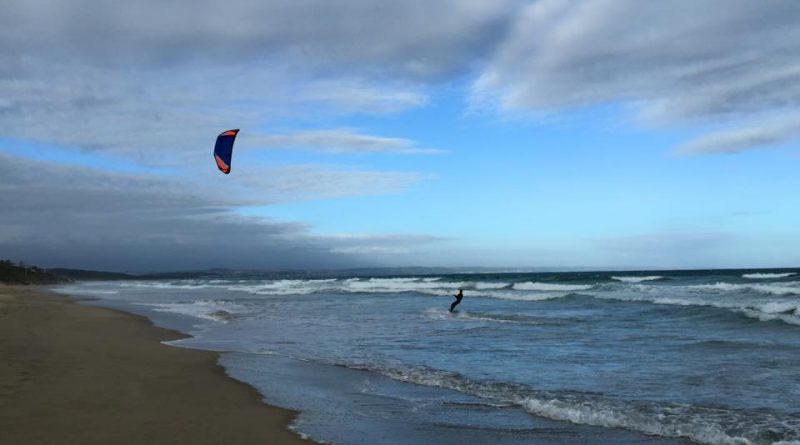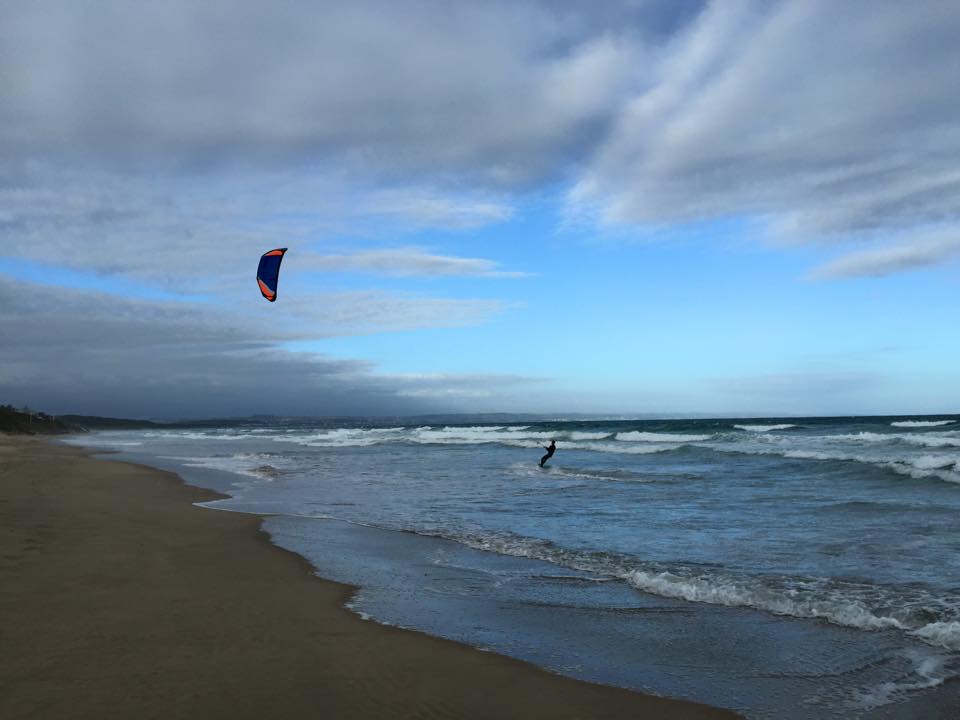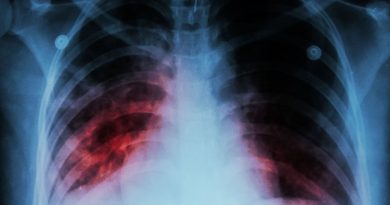Skin Cancer Awareness Month shines the light on protecting the Skin
Plan on soaking up the sun this summer?
Before you do, consider the impact this may have on your skin.
With this month being Skin Cancer Awareness Month (SunSmart) and February 4 being World Cancer Day, ER24 encourages people to avoid excessive exposure to sunlight. ER24 also encourages the public to examine their skin regularly.
Exposing your skin to the sun’s rays for a long period of time increases the risk of developing skin cancer.
Dr Nirasha Chiranjan, a radiation oncologist at De Muelenaere Oncology which is located at the Sandton Oncology Centre, said excessive sunlight can damage the skin’s cellular DNA and this damage can lead to skin cancer. She recommends people examine their skin once a month and have a doctor examine it every six months.
There are three major types of skin cancer: Basal Cell Carcinoma, Squamous Cell Carcinoma and Melanoma. Dr Chiranjan said Basal Cell Carcinoma often occurs on the face and other sun exposed areas.
Squamous Cell Carcinoma also occurs mostly on exposed areas of the body and can spread to lymph nodes.
Dr Robbie De Muelenaere, also a radiation oncologist, said although melanoma is not as common as other skin cancers, it is responsible for more than 80 percent of skin cancer deaths. Melanoma can resemble a mole, can develop from a mole or on normal-appearing skin. It can spread to other parts of the body.
“Melanoma usually looks black because of the melanin inside it. But you get what we call an amelanotic melanoma. So you can have a blemish on your skin that changes,” said Dr Muelenaere. These spots can vary in colour or look your normal skin colour. “It is better to have it removed. With melanoma the thickness of the lesion is important in determining the outcome. Do not wait until it is a centimetre or two. Have it checked immediately,” said Dr Muelenaere.
Monitor the number of moles you have and consult a medical professional if the following is found:
- If moles are becoming bigger.
- If some of the moles do not match the others.
- If the borders are irregular. Moles should be nicely rounded.
- If the colour varies.
- If the diameter is more than six millimetres as it could be dangerous.
Vitamin D
People should keep in mind that sunlight is also the main source of Vitamin D.
“When we test cancer patients for Vitamin D, invariably their Vitamin D is very low. If you stay in the sun for 20 minutes in summer and 30 minutes in winter this is more than adequate to form enough Vitamin D,” said Dr Muelenaere.
People should refer to the UV Index, which provides a daily forecast of the expected risk of overexposure to the sun, to better plan their day.
Excessive exposure to ultraviolet radiation also accelerates ageing. Dr Chiranjan said, “Ultraviolet radiation from the sun is responsible for up to 80 percent of premature skin ageing. Ultraviolet rays break down collagen and then impair the syntheses of new collagen. This results in freckles, wrinkles, age spots and leathery skin.”
If you think the better option is to use a tanning device, think again. Ultraviolet rays from sunbeds, sunlamps and other tanning devices are also said to increase the risk of developing skin cancer.
Children
Children should be made aware of the dangers posed by excessive sun exposure.
Caradee Wright, the founder of the SunSmart Research Programme and Lab in South Africa, said a research project conducted among approximately 700 children in South Africa, revealed that children had some understanding of what the sun is about but were not protecting themselves adequately. “We found that the majority of schools surveyed did not have a sun protection policy. We are a long way behind but I think they are trying to help children better protect themselves from the sun,” said Wright.
Wright is the Principal Researcher at the Council for Scientific and Industrial Research (CSIR) in the Climate Studies Modelling and Environmental Health Research Group, leading the environmental health research team.
Skin colour
Speaking about skin colour, Wright explained it is the melanin content or pigments in the skin that protects a person from the sun. “You have to understand your own skin and what the colour of your skin is to be able to protect yourself. If you are dark skinned, it does not mean you are not going to get skin cancer. A dark skinned person can still get skin cancer but they are less at risk.
“We conducted a large sampling of South Africa’s skin colour and sensitivity to the sun recently. It has never been done in Africa or South Africa. We want to put together an atlas of South African skin colour to understand how much melanin people have. We have done it by population group,” said Wright.
Some of the preliminary results show that even within a population group, there is a huge range of skin colours and melanin content.
“So we cannot say that somebody based on their population group is safe,” said Wright.
People should also protect themselves on cool days. “The ultraviolet radiation still comes down even if there is less infrared in it. In South Africa, ultraviolet levels are relatively high almost all year round,” said Wright.
To reduce the risk of developing skin cancer:
Seek shade. Avoid being outdoors between 10am and 4pm if possible.
Protect your skin by using long-sleeved tops or shirts, long pants and skirts, a hat with a wide brim and sunglasses. Remember that dark colours provide more protection than light colours.
Use an approved sunscreen of SPF 30 or higher. Use about a palm-full. Use it liberally on the head, arms, neck and legs. Reapply sunscreen every two hours to maintain protection, more often if you swim or sweat. Sunscreen should be used every day.
Use lip balm of SPF 20 or higher.
Babies less than six months should be kept out of direct sunlight and protected with appropriate clothing.
ER24’s Emergency Contact Centre can be reached 24 hours a day on 084 124.
Also view:
Skin Cancer and Safety on the Road





